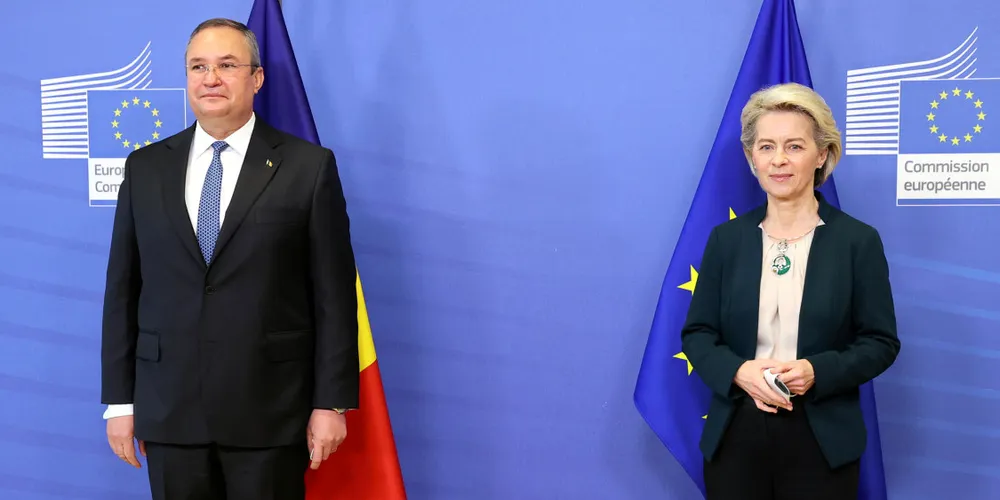Romania to hold 100MW green hydrogen auction after EU approves $150m of state aid
The national renewable H2 tender, which is being mainly funded by the European Commission, is likely to be the world's first

The national renewable H2 tender, which is being mainly funded by the European Commission, is likely to be the world's first
